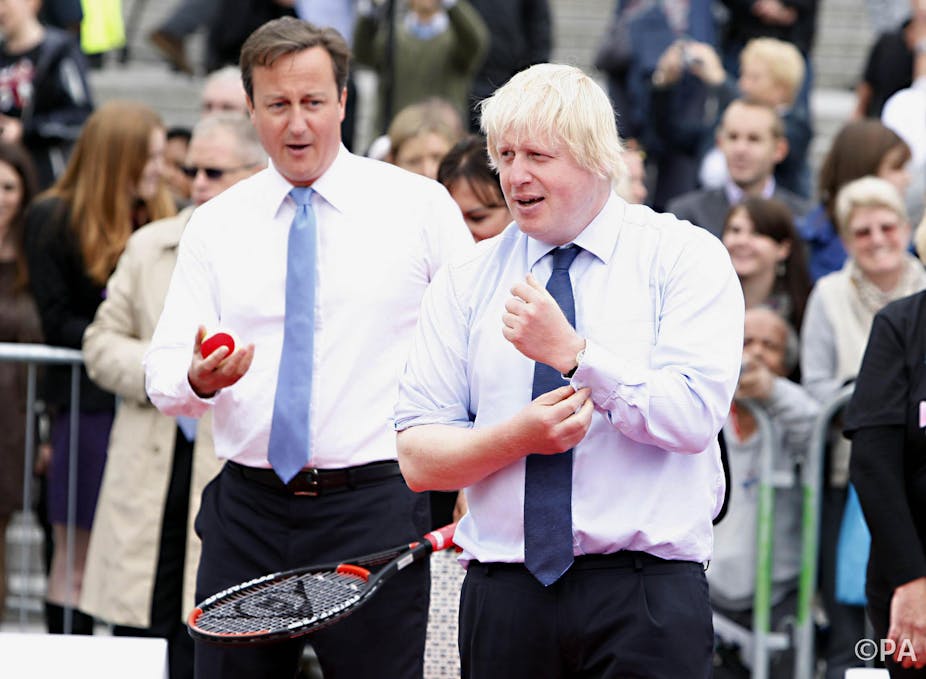So, Alan Johnson is too old, at 64, to contemplate a run at the leadership of the Labour Party even if the top job: the prime ministership may be there for the taking just ten months away.
Prime ministers (and presidents) appear to be getting younger and younger. It used to be that achieving the prime ministership was the pinnacle of any political career – the product of a lifetime of service to both party and public after which, former prime ministers, all passion spent, would shuffle off into the House of Lords and spend their golden years giving speeches few will hear.
It’s all different now; gone is a lifetime of service and a gradual rise through the party ranks before becoming party leader. When Alan Johnson told reporters he was too old to become party leader many scratched their heads and wondered when youth, rather than experience and knowledge, had become a necessary qualification for leadership.
But there is no doubt that it has. This became apparent under Tony Blair, who had only a spell as shadow home secretary on his CV when he became Labour leader in 1994. In fact, because of the longevity of the Thatcher and Major governments, Blair had never held a ministerial portfolio of any kind when he was elevated to prime minister in 1997.
Blair was only 43 when he became prime minister (ten years later he was still only 53, which meant he had to find something else to do after Downing Street – but that’s another story). David Cameron was younger still than Blair, if only by a few months, moving into Downing Street at 43 years and 215 days. He’s now a fully seasoned 47, like his deputy Nick Clegg. George Osborne – who was still in his 30s when he took on the post of Chancellor of the Exchequer, is 43. Ed Miliband is 44. Compare this with previous incumbents of Downing Street. Winston Churchill was 80 when he left office, Margaret Thatcher was 54 when she began her 11-year stint in the top job. Harold Wilson was a relatively youthful 60 when he stepped aside in 1976, but whispers suggested he was already beginning to experience the symptoms of the Alzheimer’s disease which would so cruelly blight him for the rest of his life.
Keep young and beautiful
In a society preoccupied with the young, the beautiful and the thin rather than the experienced, the intelligent, the skilled, is it any wonder that our politicians are becoming both younger and less experienced? Gone are the days when home secretary, foreign secretary or chancellor (and sometimes all three – step forward Jim Callaghan) routinely appeared on a prime minister’s CV.

Does this mean our politicians are less capable than the elder statesman (and women) of old? Certainly they enter the job with less experience, but perhaps that is a good thing. With less experience comes less entrenchment within the Whitehall machinery so often blamed for staid thinking and a lack of imagination.
But how much training can actually be done to be prime minister? Is there a direct link between age and success? Perhaps the best comparison to Alan Johnson would be Callaghan, a man of strong working-class credentials and the only man to have served in all four of the major offices of state. He was 64 when he succeeded Harold Wilson in 1976 and his three years in power paved the way for a landslide Conservative Party election victory three years later in 1979 after the infamous Winter of Discontent.
It was a catastrophic period for Labour which left the party in the wilderness for 18 years. Was he too old to cope? Even so experienced a politician was utterly blindsided by events and left almost powerless in the face of disaster.

On the other hand, William Pitt the Younger, who was 24 when he took office in 1783, survived nearly 20 years in two ministries (despite being defeated in a no-confidence vote two months into his ministry, which he simply refused to acknowledge). Another youthful PM was Robert Jenkinson, Lord Liverpool, who took up the prime ministership in 1812 aged 42. His ministry lasted 15 years during which time he negotiated the Napoleonic Wars, the Corn Laws and the Peterloo massacre.
Times have changed. Just as John F Kennedy won power in 1959 partly by making his opponent Richard Nixon look out of touch, today’s political leaders have to be slicker than their predecessors, in terms of their appearance and their media presence. Winston Churchill may have been a masterful public speaker, but he didn’t have to cope with a regular grilling by John Humphreys or Jeremy Paxman. Clement Attlee, who took over from Churchill in 1945, is often named as the best 20th-century prime minister, but he was a terrible communicator – and was dubbed, by Churchill, as a “sheep in sheep’s clothing”. How would he have fared in an era of 24-hour news and two-minute soundbites?

Michael Foot, another politician whose intellect garnered almost universal respect, was brought low by his walking stick and donkey jacket at the Cenotaph, which made him look old and out of touch.
So is Alan Johnson right when he tells us that at 64, he is too old to for the top job? Would the judicious application of some hair dye and a good tailor increase his chances? Should he name-check current pop groups like Gordon Brown did with the Arctic Monkeys?
These questions are almost certainly moot, as Johnson himself has ruled out standing as Labour leader, despite the very many of his supporters who believe he still has it in him to lead his party and those who fear that he, like Denis Healey before him, may turn out to be the best leader the party never had.

